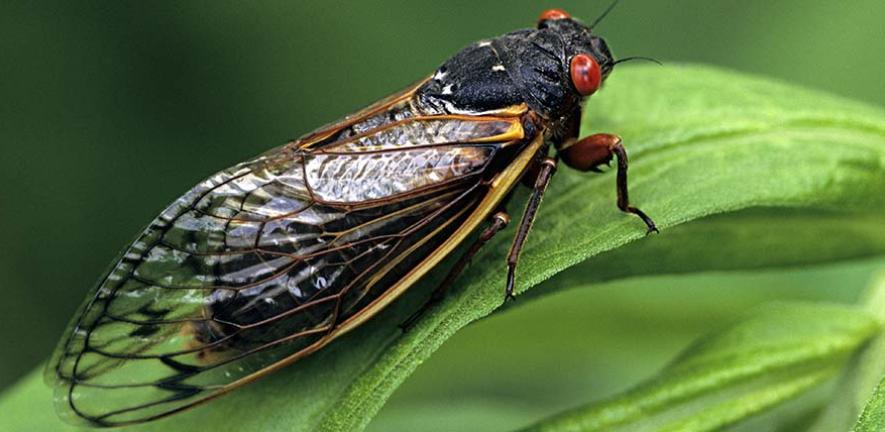A group of several hundred polar bears in south-eastern Greenland often catch seals by waiting outside their prey’s breathing holes on blocks of floating freshwater ice from glaciers, in an example of the animals adapting to a loss of sea ice driven by climate change
Life
16 June 2022
A polar bear Thomas.W.Johansen/Kristin Laidre et al.
A group of polar bears in south-east Greenland have adapted to hunt via blocks of freshwater ice from glaciers when sea ice retreats in the warmer months. This suggests the animals may be more resilient to climate change than we thought, although loss of sea ice remains the greatest threat to their survival.
Polar bears often hunt seals by waiting near holes in blocks of floating ice where their prey come up to breathe. Seals are also slower on ice than in water, giving polar bears an advantage. But this is being threatened by climate change and the resulting sea ice loss. As a result, the animals are projected to decline by 30 per cent over the next three polar bear generations, around 35 years.
“We provide evidence for a previously-undocumented and highly-isolated subpopulation of polar bears on the south-east coast of Greenland surviving in a special way,” says Kristin Laidre at the University of Washington in Seattle. “They survive in fjords that are sea-ice free for more than eight months of the year because they have access to glacier ice on which they can hunt.”
Laidre and her colleagues analysed genetic samples from polar bears that they tracked from 2015 to 2019, which they combined with data from previous studies. In their first discovery, they found a few hundred polar bears in south-east Greenland are the most genetically isolated of their species.
While tracking these animals, the team further discovered this genetically-isolated group hunts via floating blocks of freshwater ice, broken off from glaciers, for about 250 days of the year, when sea ice has melted. This probably enables the bears to live in the area, which has no sea ice for considerably longer than other polar bear habitats.
While this suggests all polar bears are more resilient than we previously thought, glacial ice is largely limited to the animals around Greenland and Svalbard.
“Glacier ice may help small numbers of polar bears survive for longer periods under climate warming, and may be important to prevent extinction, but it is not available for the vast majority of polar bears,” says Laidre.
“Climate action is the single most important thing for the future of polar bears. Most polar bears in the Arctic depend on sea ice.”
According to Todd Atwood at the United States Geological Survey, the findings “offer a ray of hope that other refugia habitats may be available for polar bears to use, so that they can persist until greenhouse gas emissions are substantially mitigated and sea ice habitat is recovered”.
“But ensuring the long-term persistence of a [wild] population of polar bears is ultimately dependent on conserving their sea ice habitat. That will require mitigating greenhouse gas emissions.”
The genetically-isolated bears may have adapted to hunting via freshwater ice, but this doesn’t make them immune to the effects of climate change.
“I suspect the Achilles’ heel for this group of bears will be ongoing warming that negatively affects the ringed seal population in the area. If the ringed seals don’t have breeding habitat, the main prey of the bears may disappear,” says Andrew Derocher at the University of Alberta in Canada.
Journal reference: Science, DOI: 10.1126/science.abk2793
More on these topics:


























































